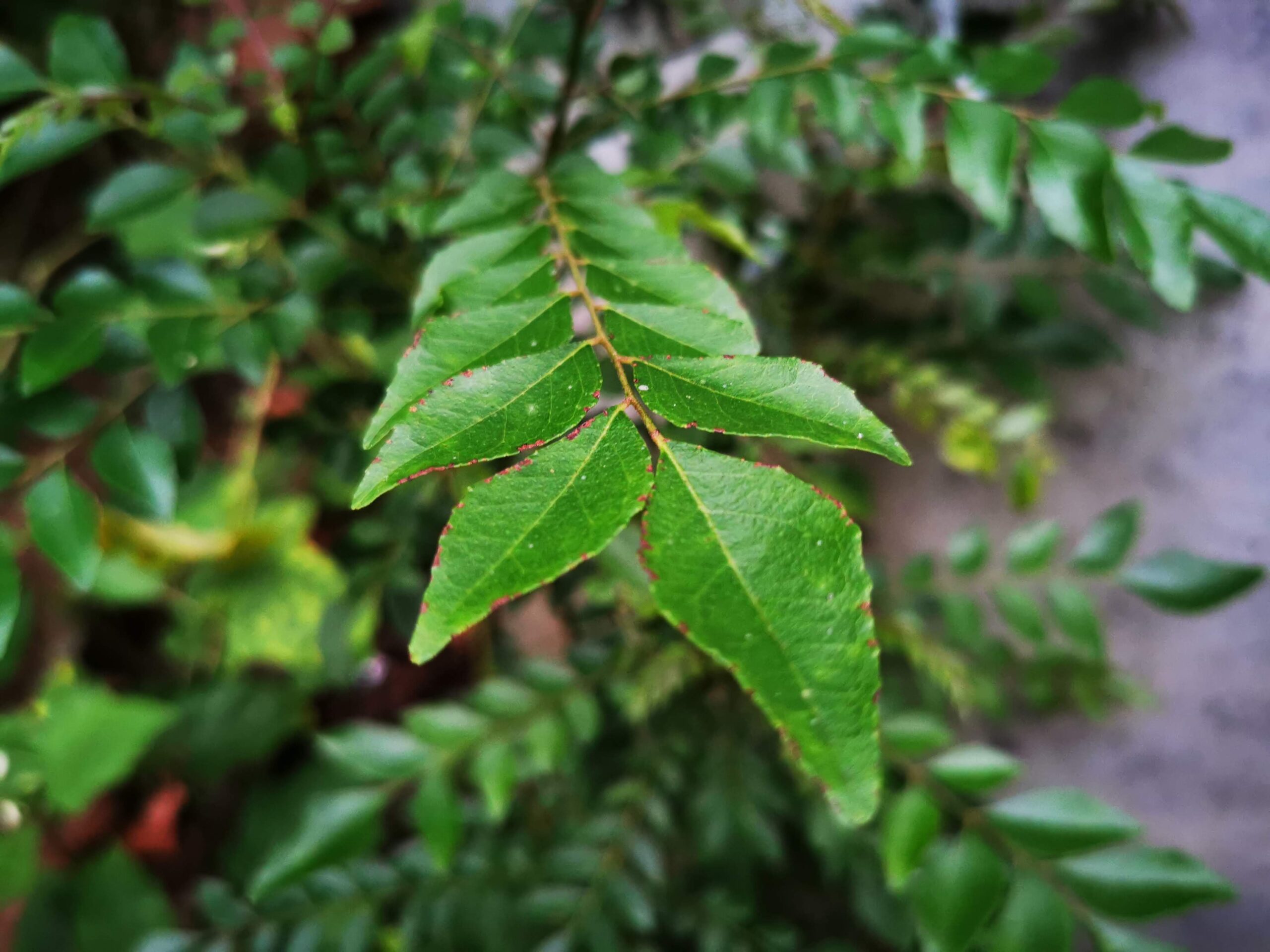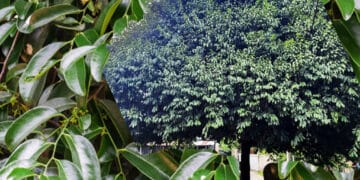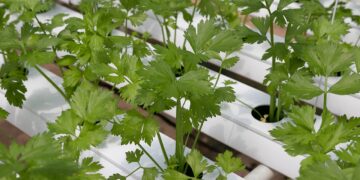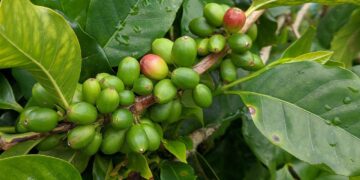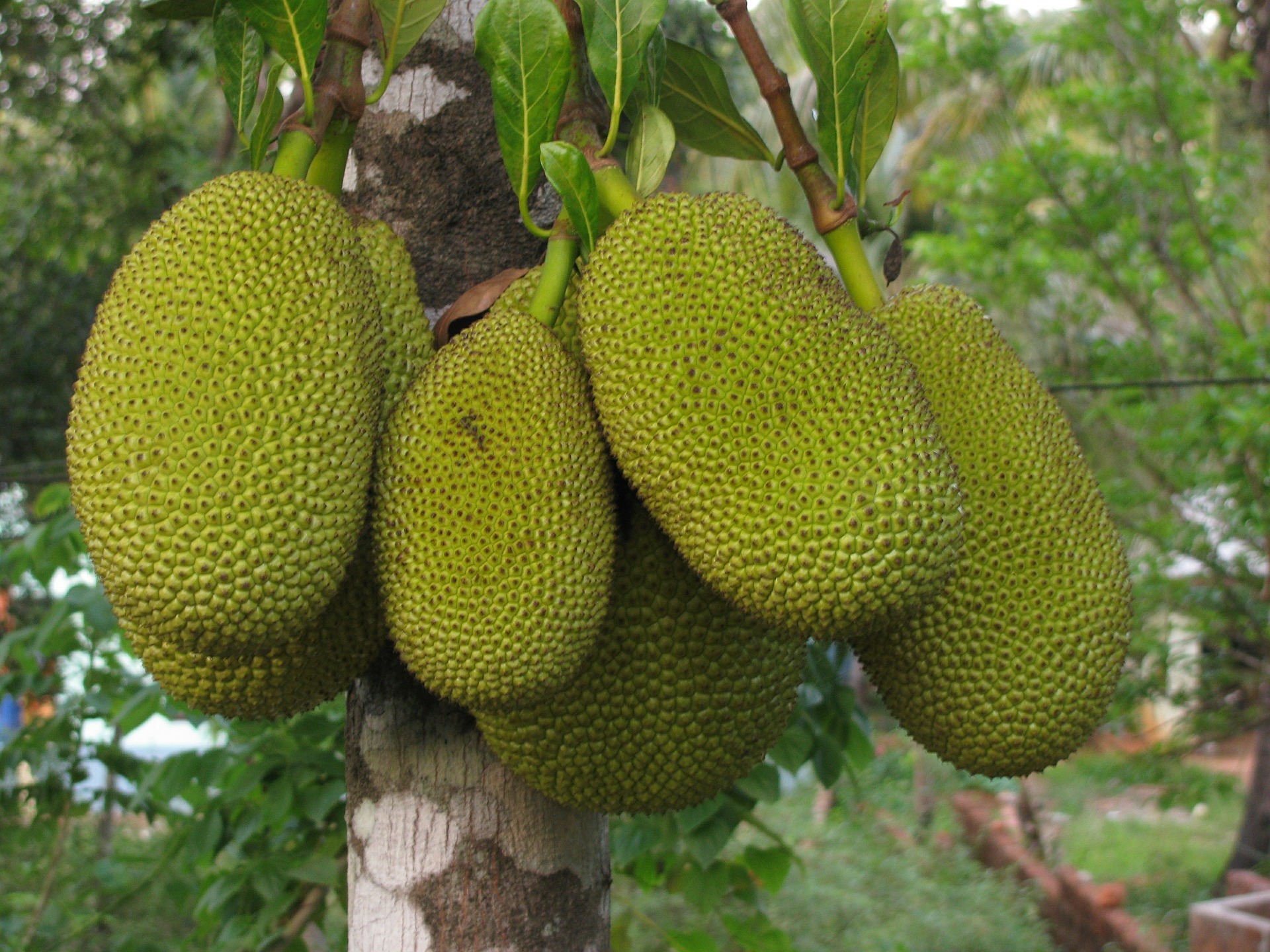Curry tree can be introduced as an indispensable flavor in Sri Lankan cuisine when it comes to flavoring curries. This tree is found not only in Sri Lanka but also in India, Pakistan, China, Australia and some African countries as well as parts of the United States.
| Botanical Name | Murraya koenigii |
| Family | Rutaceae |
| Genus | Murraya |
Form
The taste and quality of our curry, which is flavored with curry leaves is unmatched by any other superfood. Curry tree grows to a height of above five to eight feet (5m), branching out into a tall tree and pruning into a shrub. The tree is also a plant that adapts well to climate change. The leaves and stems of the white fragrant curry tree also have a stimulating aroma. That is why they are used to flavor and aroma food.
Although curry plants are common in many home gardens in Sri Lanka, there is a high demand for curry leaves in the market. We can easily plant these plants. Curry tree is mainly propagated by seeds. We can easily make successful curry plants by removing the fleshy parts of the ripe seeds that grow here and planting the seeds in a sand nursery.
In addition, we can get mature curry plants by planting slightly mature stems and root cutting, as well as rooted seeding. By planting the curry seeding in a well-lit place, we can eradicate the fungal diseases of the leaves. Pruning can also increase the number of branches and leaves.
This tree grows well in the dry zone. These curry leaves belong to the genus Ethnic. This flavourful curry leave has a number of nutritional properties among them calcium, phosphorus, iron fibre etc are important.
Due to its medical properties, curry tree can be easily grown in our garden without any additional fertilizers or pesticides and at no extra cost as the environment becomes more beautiful, our lives ca be invaluable by eating curry leaves. Therefore, it is the duty of all of us to plant at least one curry plant in our garden.

